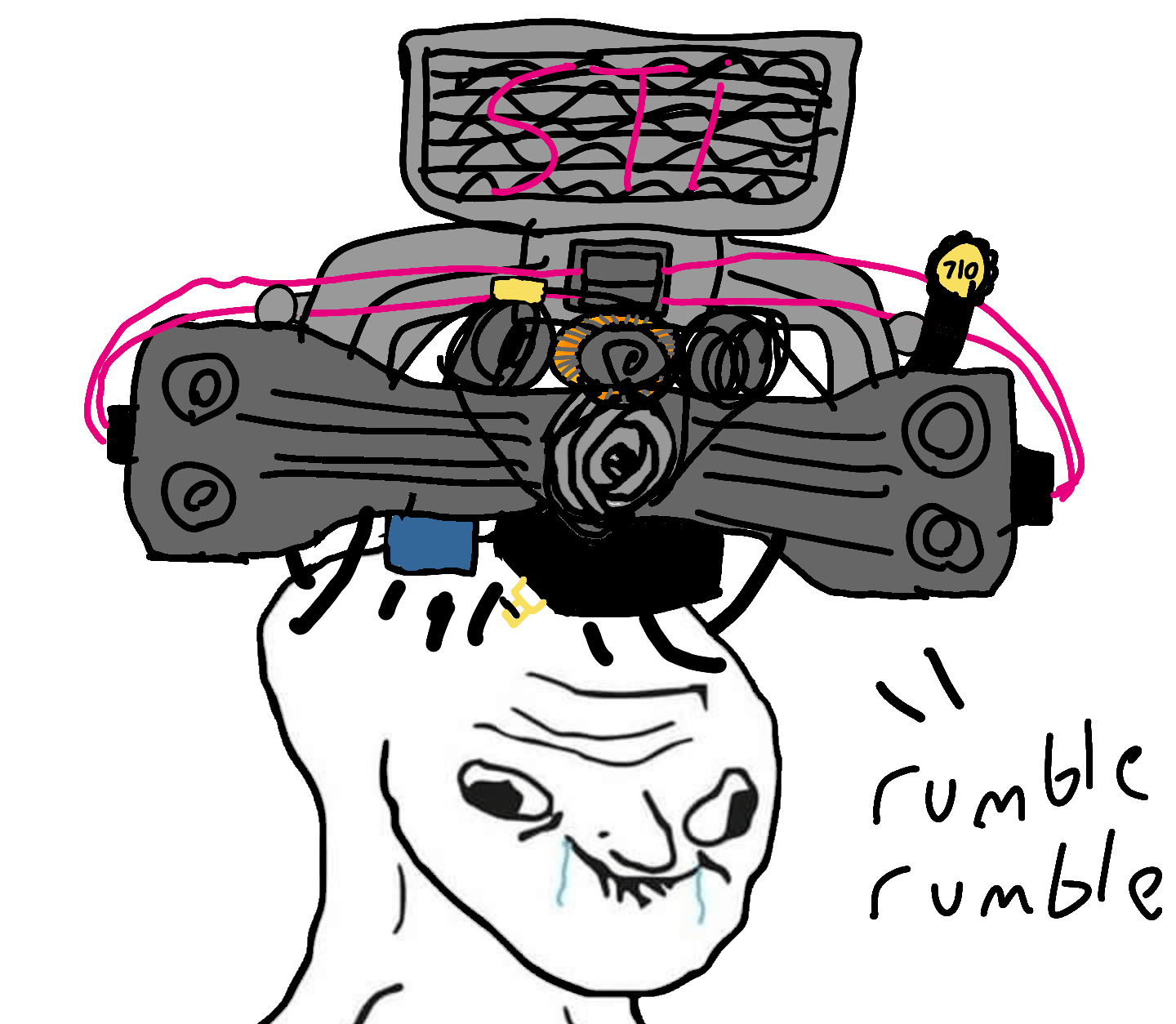The Thoracic Cavity: The Protector of Your Breath
Have you ever paused, mid-breath, and considered the intricate machinery at work within your chest? It's a marvel of nature, this ability to draw in air, fueling our bodies and our lives. Central to this process is the thoracic cavity, a space often overlooked but utterly vital to our existence.
Imagine your ribcage as a protective, bony fortress, shielding delicate organs within. This is the essence of the thoracic cavity – the space enclosed by your ribs, spine, and sternum (breastbone). It's within this cavity that your lungs reside, along with your heart, esophagus, and major blood vessels.
But the thoracic cavity is more than just a container. Its structure and function are intimately tied to the process of breathing. As you inhale, your diaphragm, a dome-shaped muscle below the lungs, contracts and flattens. Simultaneously, muscles between your ribs lift your ribcage upward and outward. This coordinated effort increases the volume of the thoracic cavity, creating a slight vacuum that draws air into your lungs.
Exhalation is more passive. The diaphragm relaxes and returns to its dome shape, the rib muscles relax, and the volume of the thoracic cavity decreases. This gently forces air out of the lungs.
The importance of the thoracic cavity becomes starkly apparent when we consider what can happen when things go wrong. A fractured rib, for instance, can compromise the integrity of the cavity, potentially puncturing a lung. Conditions like scoliosis, which affect the curvature of the spine, can alter the shape of the thoracic cavity, impacting lung capacity and function.
Understanding the thoracic cavity, even on a basic level, gives us a greater appreciation for the complex symphony of breathing. It also highlights the importance of protecting this vital space within us, ensuring that our breath of life continues, unhindered, day after day.
While not a benefit in the traditional sense, understanding the mechanics of the thoracic cavity can be empowering. It allows us to engage in activities that support respiratory health, such as deep breathing exercises and maintaining good posture. We become more aware of the sensations within our chest, potentially noticing early signs of discomfort or breathing difficulties that might warrant medical attention.
Ultimately, appreciating the quiet diligence of the thoracic cavity reminds us of the intricate and beautiful design of the human body – a design worthy of our care and attention.
Advantages and Disadvantages of a Rigid Thoracic Cavity
| Advantages | Disadvantages |
|---|---|
| Provides protection to vital organs. | Limited flexibility can restrict certain movements. |
| Creates a stable environment for lung function. | Trauma to the ribs or sternum can be dangerous. |
| Allows for efficient breathing mechanics. | Conditions affecting the spine can impact thoracic cavity shape and lung capacity. |
Common Questions About the Thoracic Cavity
1. What is the main function of the thoracic cavity?
The thoracic cavity primarily protects your lungs and heart along with other vital organs. It also plays a crucial role in breathing by providing the space for the lungs to expand and contract.
2. What are the boundaries of the thoracic cavity?
The thoracic cavity is bounded by the rib cage (ribs and sternum) at the front and sides, the spine at the back, and the diaphragm muscle at the bottom.
3. Can I strengthen my thoracic cavity?
While you can't strengthen the thoracic cavity itself, you can strengthen the muscles involved in breathing, such as the diaphragm and intercostal muscles (muscles between the ribs).
4. How does the thoracic cavity change during breathing?
During inhalation, the thoracic cavity expands as the diaphragm contracts and the rib cage lifts up and out. During exhalation, it decreases in volume as the diaphragm relaxes and the rib cage returns to its resting position.
5. What happens if the thoracic cavity is punctured?
A puncture in the thoracic cavity, such as from a fractured rib or a stab wound, can be life-threatening. It can lead to a collapsed lung (pneumothorax) as air enters the pleural space, the area between the lungs and the chest wall.
6. What are some common conditions that can affect the thoracic cavity?
Conditions like pneumonia, lung cancer, rib fractures, scoliosis, and heart conditions can all affect the thoracic cavity and its function.
7. How can I keep my thoracic cavity healthy?
Maintaining good posture, practicing deep breathing exercises, avoiding smoking, and protecting yourself from injuries can all contribute to a healthy thoracic cavity.
8. When should I see a doctor about my thoracic cavity?
If you experience persistent chest pain, shortness of breath, or any unusual discomfort in your chest area, it's essential to seek medical attention promptly.
In conclusion, while often unseen and underappreciated, the thoracic cavity plays a crucial role in our ability to breathe and live. Understanding its importance allows us to make informed decisions about our health and appreciate the remarkable resilience and elegance of the human body. By taking care of our respiratory system and being mindful of the space within which it functions, we can ensure that each breath we take is a testament to the wonders of our own anatomy.
Beyond easy listening the enduring allure of australian female singers in the swinging sixties
Navigating the currents of time reflections on time is a river by mary alice monroe
How to fix ruger 1022 magazine troubleshooting tips tricks














